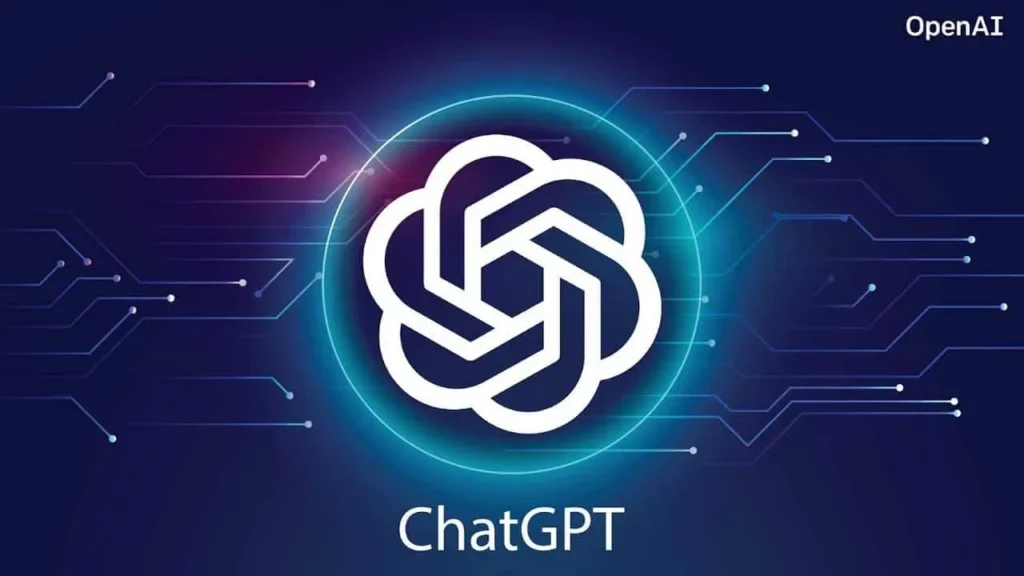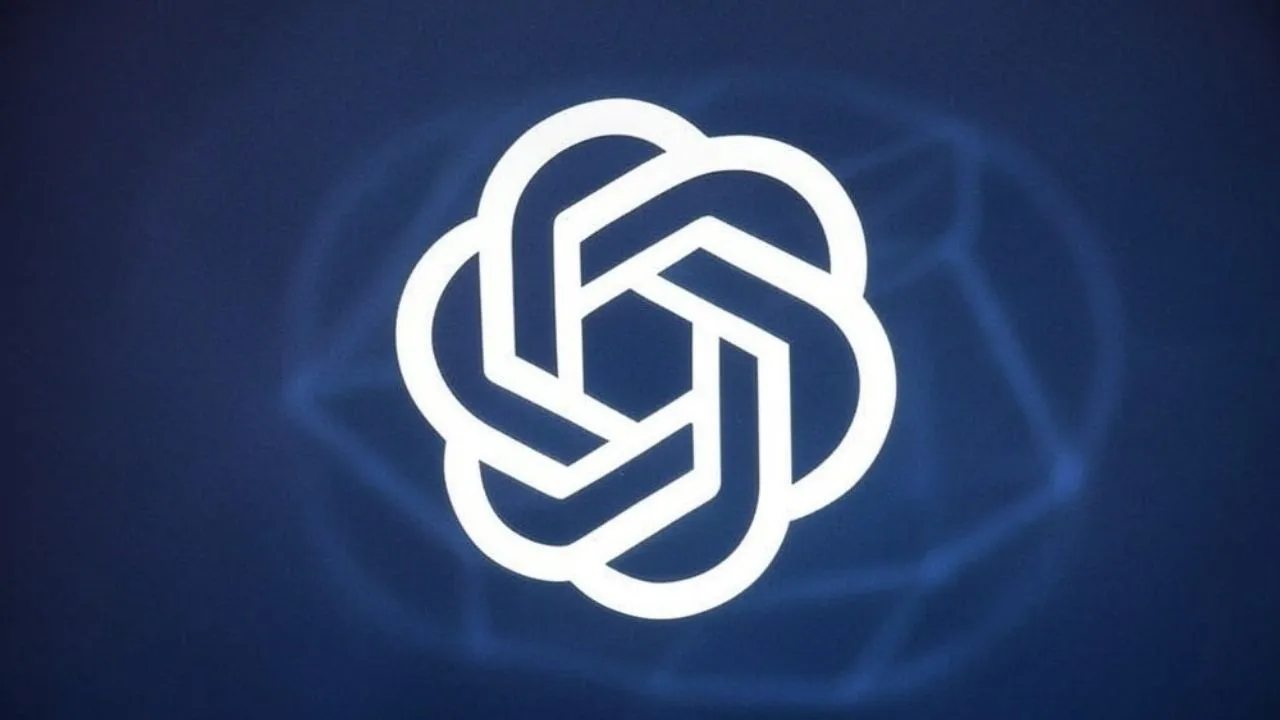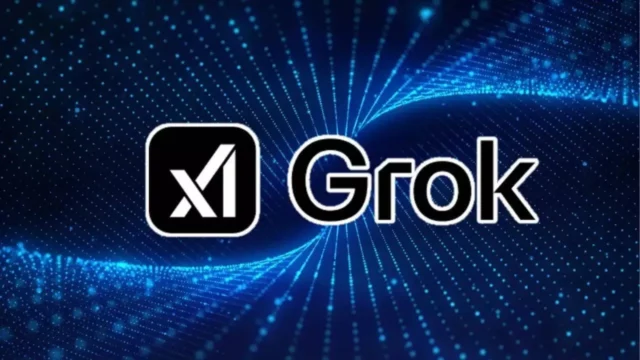AI chatbots like ChatGPT have become everyday tools for many people, but their inner workings are still a mystery to most users. Understanding how they operate and where their limits lie can help people use them more effectively.
ChatGPT depends on human guidance

Training begins with “pre-training,” where the model predicts the next word in vast datasets to learn language patterns. After that, human annotators guide it toward safe and helpful responses, ranking answers for neutrality and ethical tone. This alignment process prevents harmful or biased outputs.
AI chatbots like ChatGPT think in tokens, not words
Rather than processing full words, the system breaks language into smaller units called tokens. These can be whole words, parts of words, or symbols. While efficient, tokenization sometimes splits text in unusual ways, showing the quirks of how AI interprets language.
Tokenization facts:
- Vocabularies can exceed 50,000 tokens
- Patterns are logical but not perfect
- Splits can seem counterintuitive
Knowledge has a built-in expiration date
Because models are trained on fixed datasets, their knowledge is outdated the moment training stops. The current version’s cutoff is June 2024, meaning it needs a web search to handle newer events or terminology.
AI chatbots can sound confident while being wrong
Sometimes chatbots “hallucinate”, making up facts that sound plausible but aren’t real. This happens because they optimize for fluency over factual accuracy. Fact-checking tools and careful prompting can reduce, but not eliminate, these errors.
Built-in tools help with complex tasks
When solving math or logic problems, the AI uses step-by-step reasoning supported by a calculator. This hybrid method improves accuracy for calculations and structured problem-solving.














